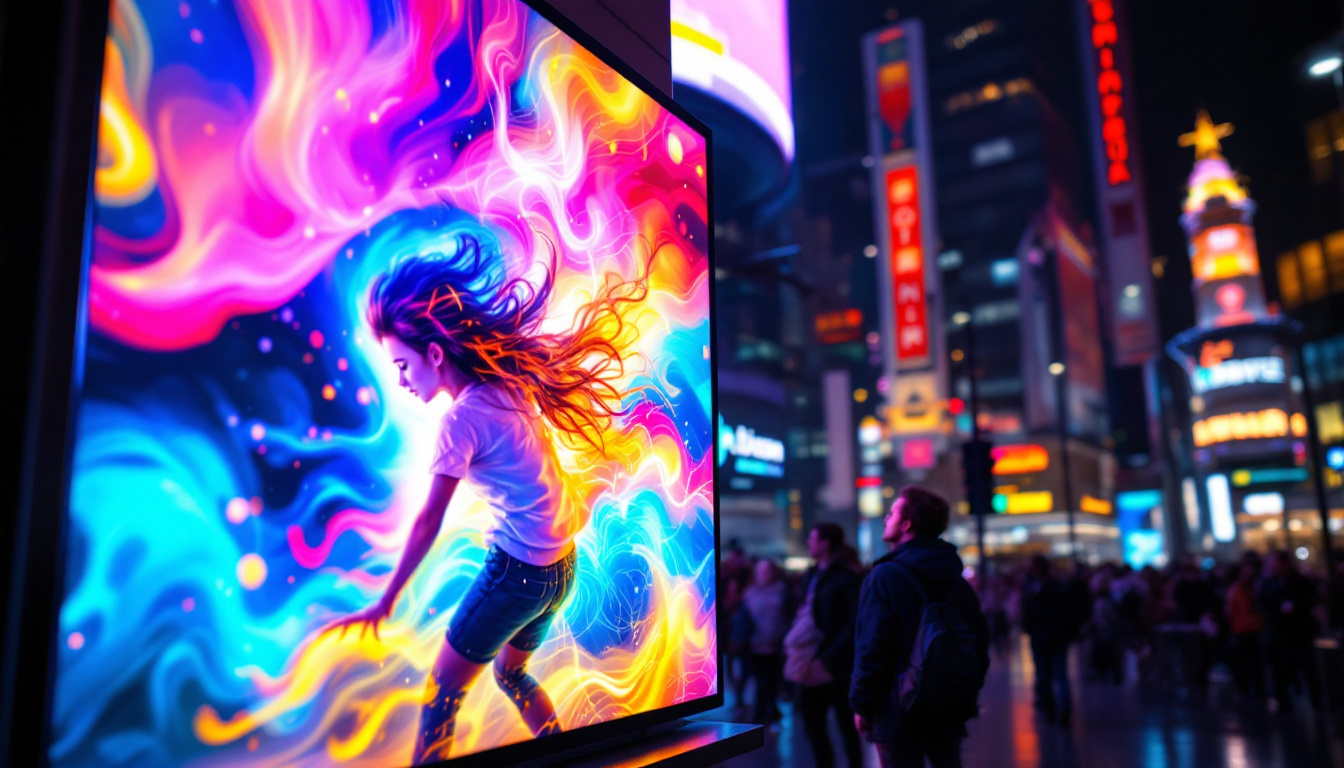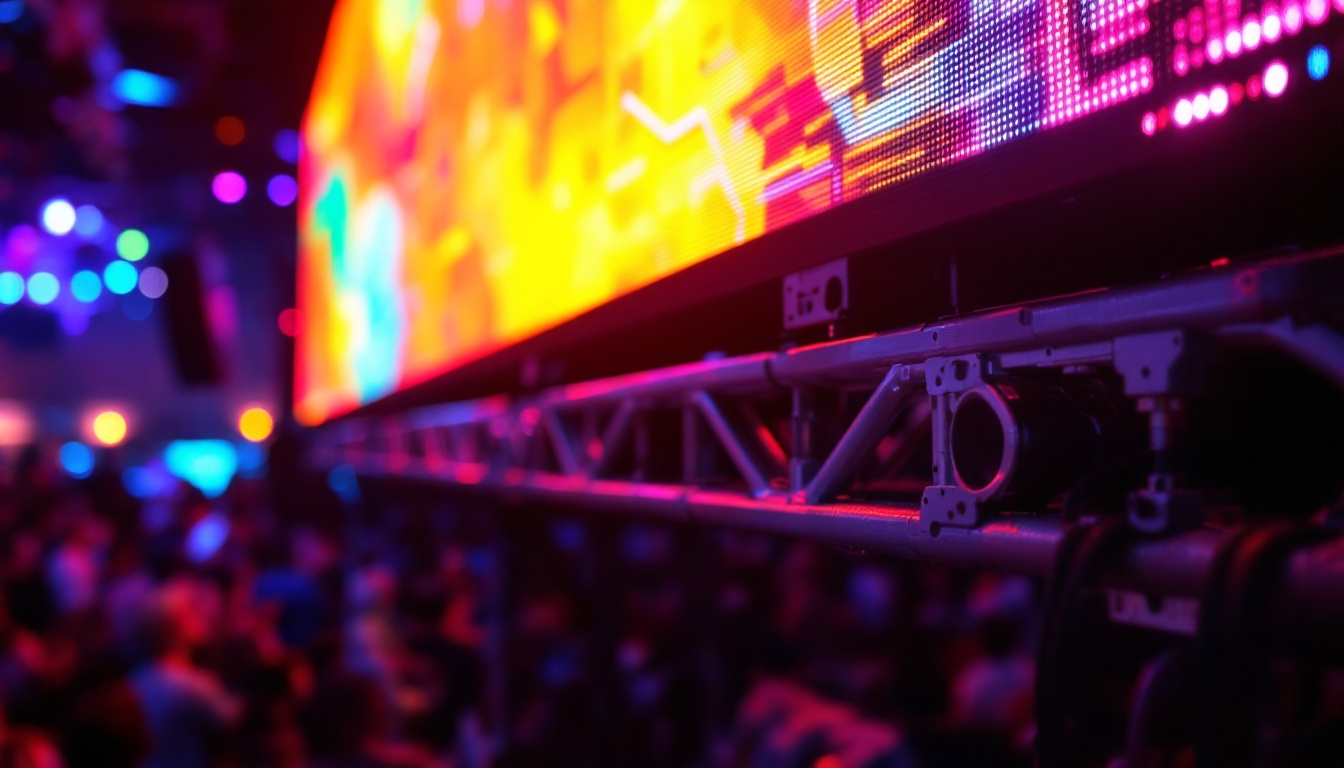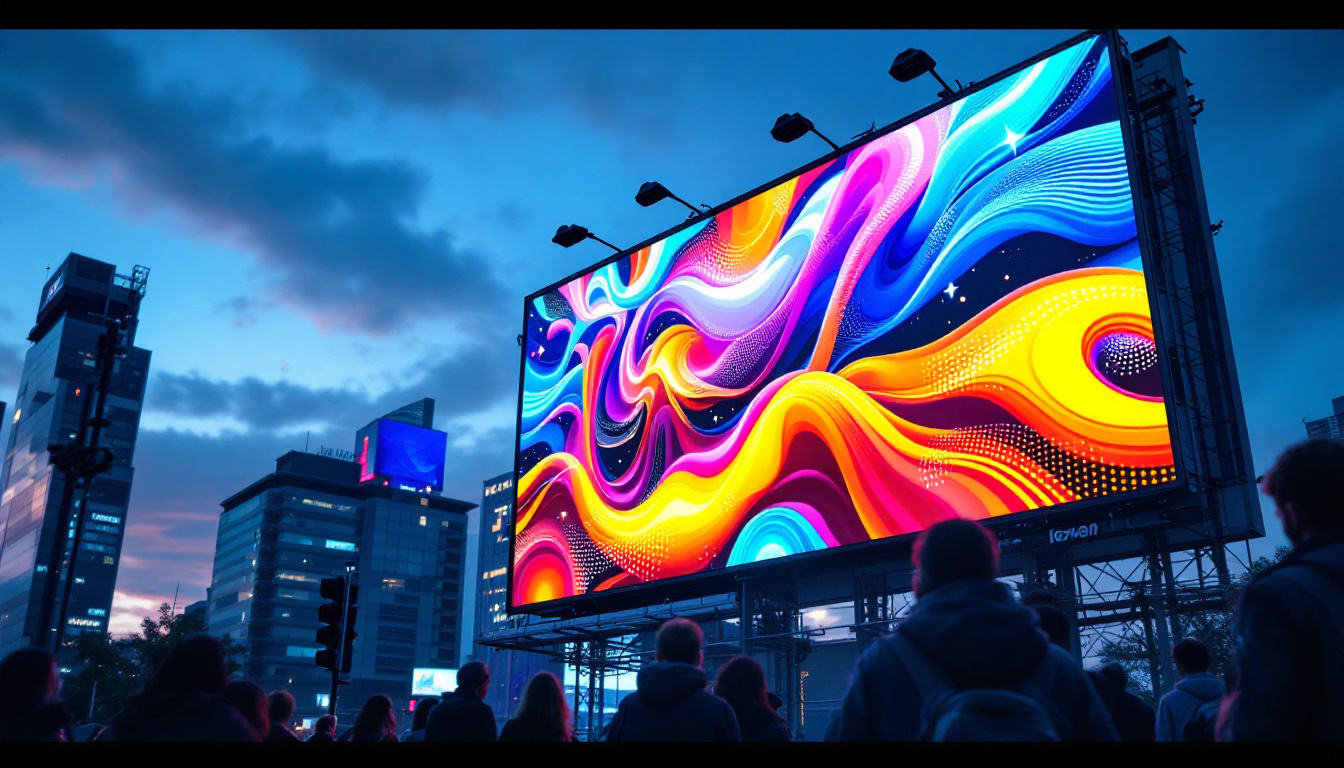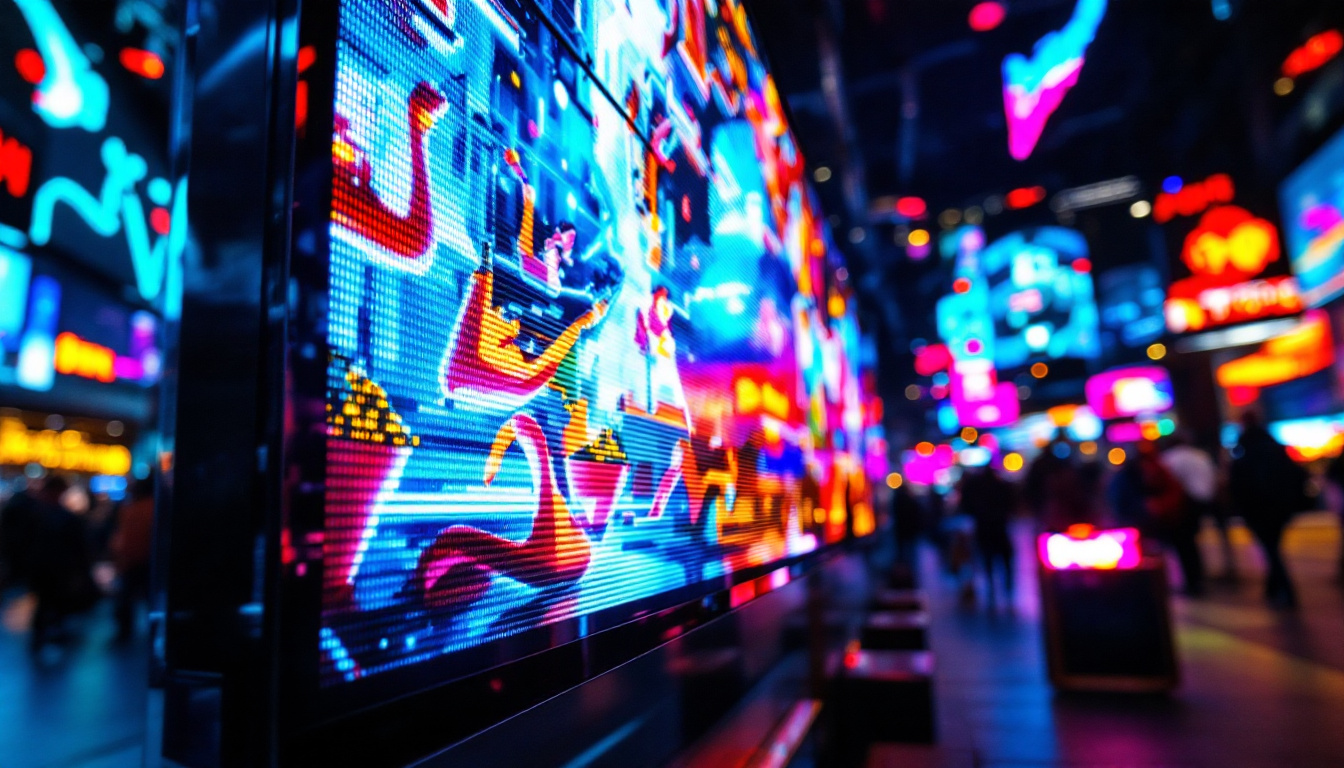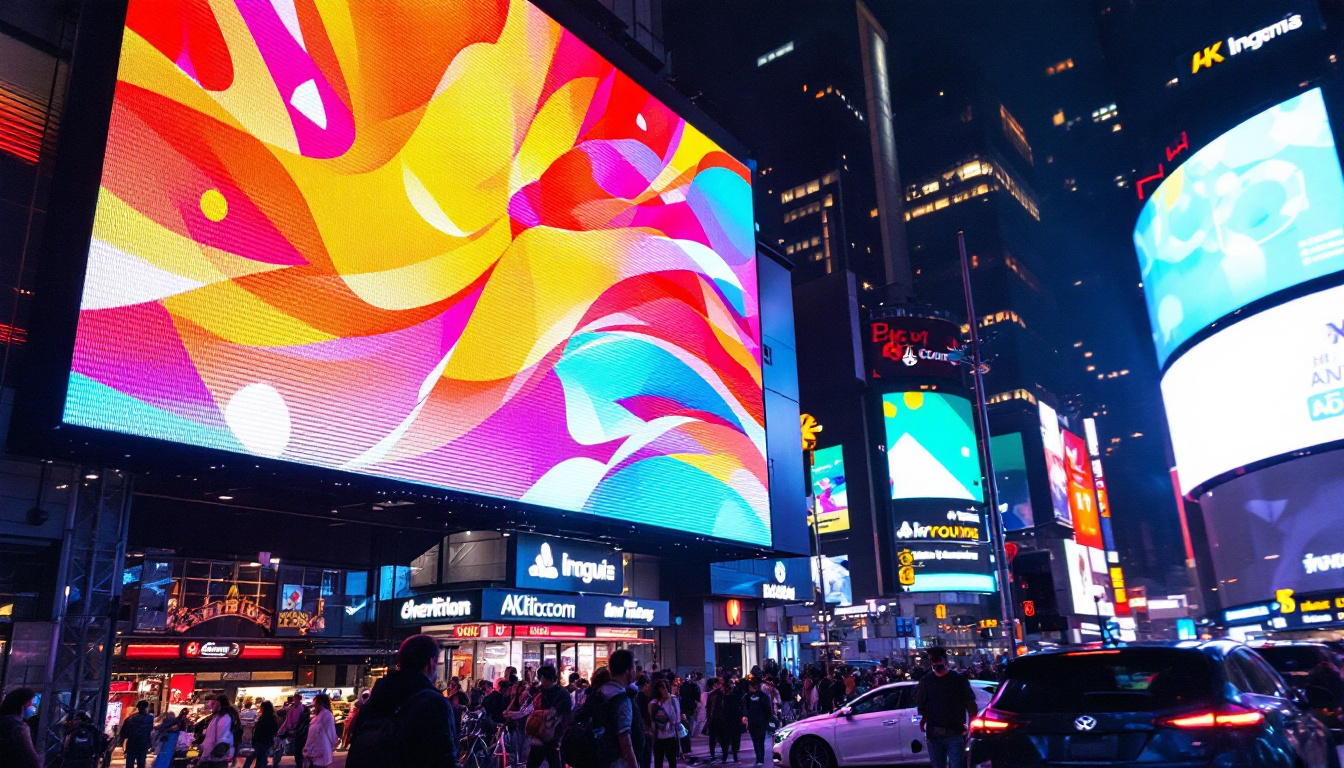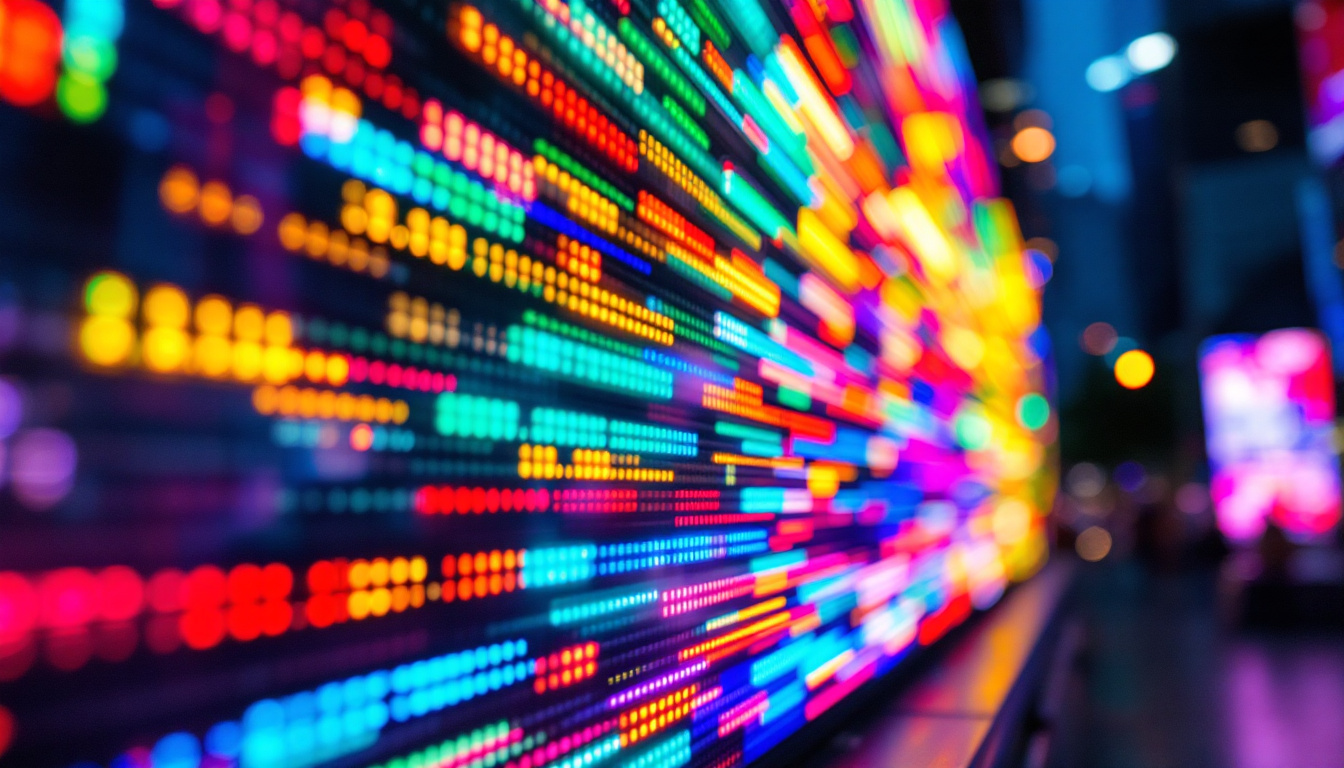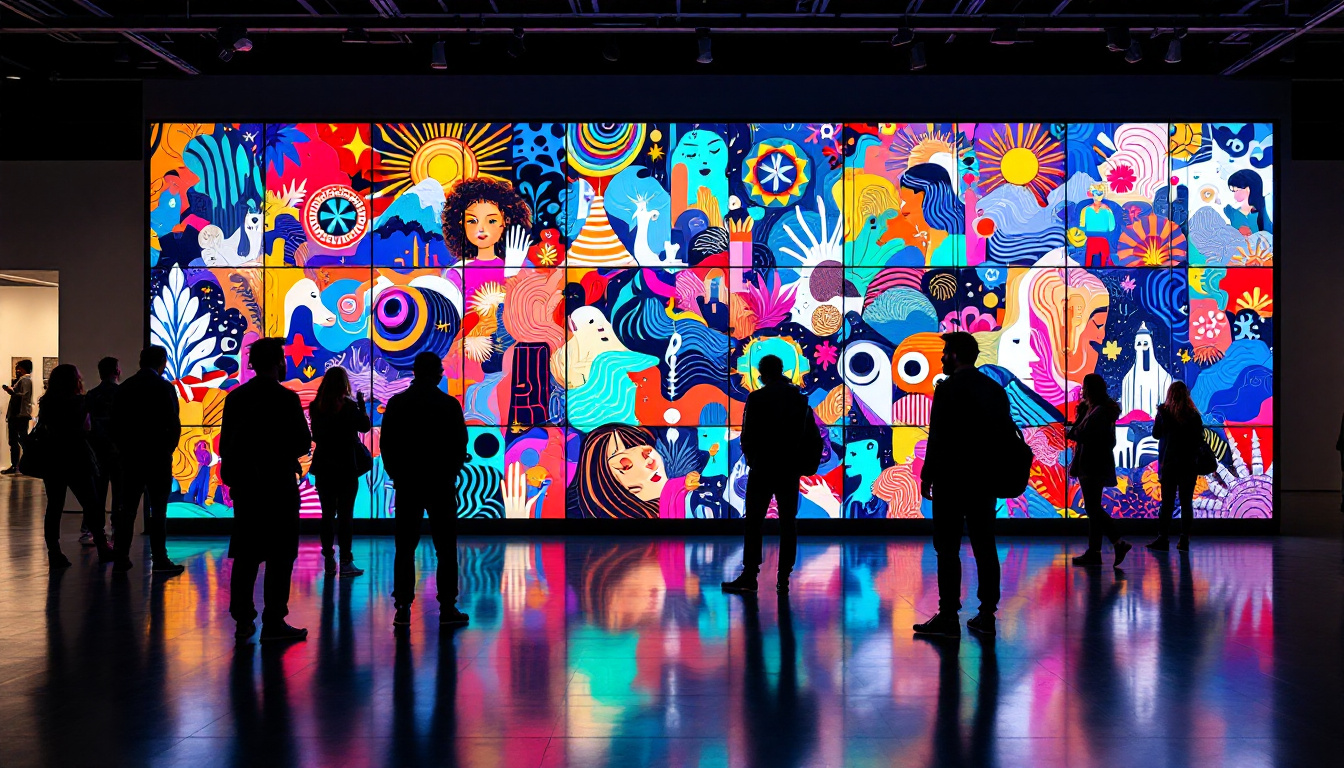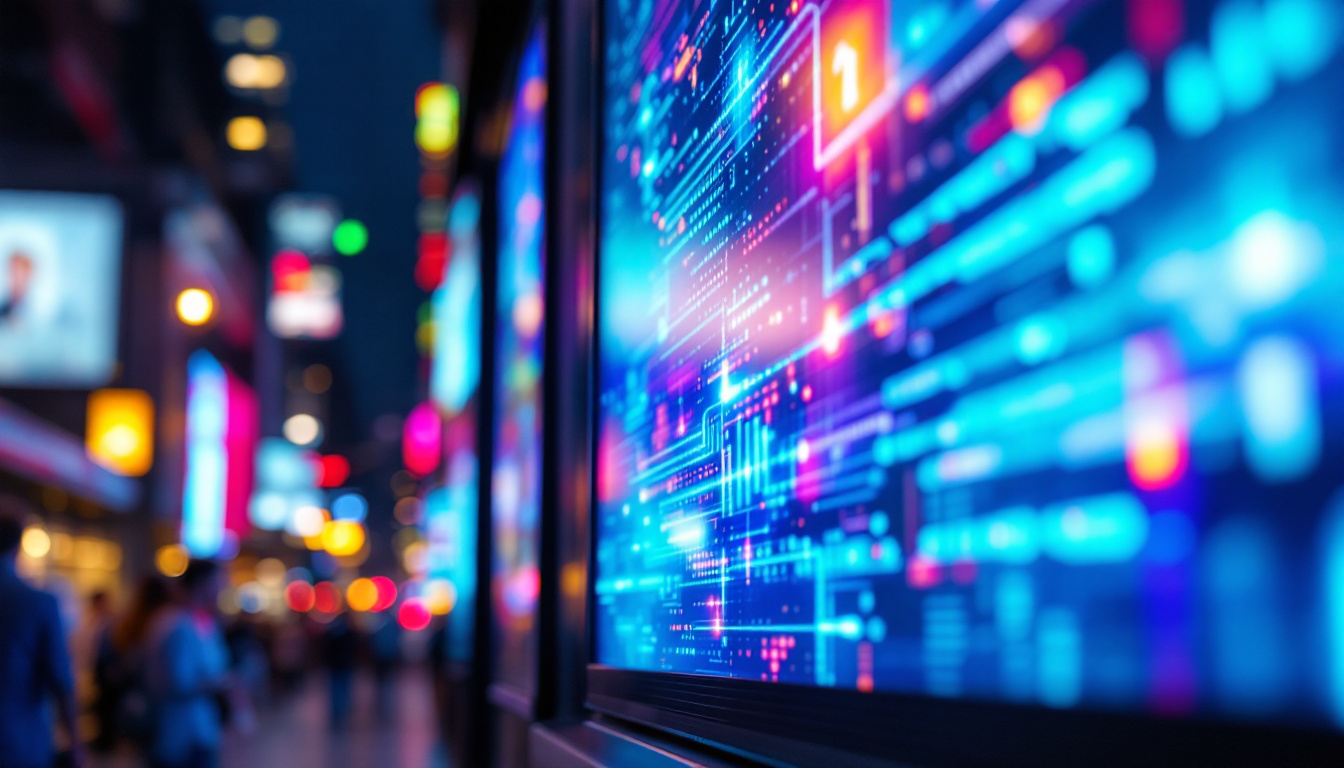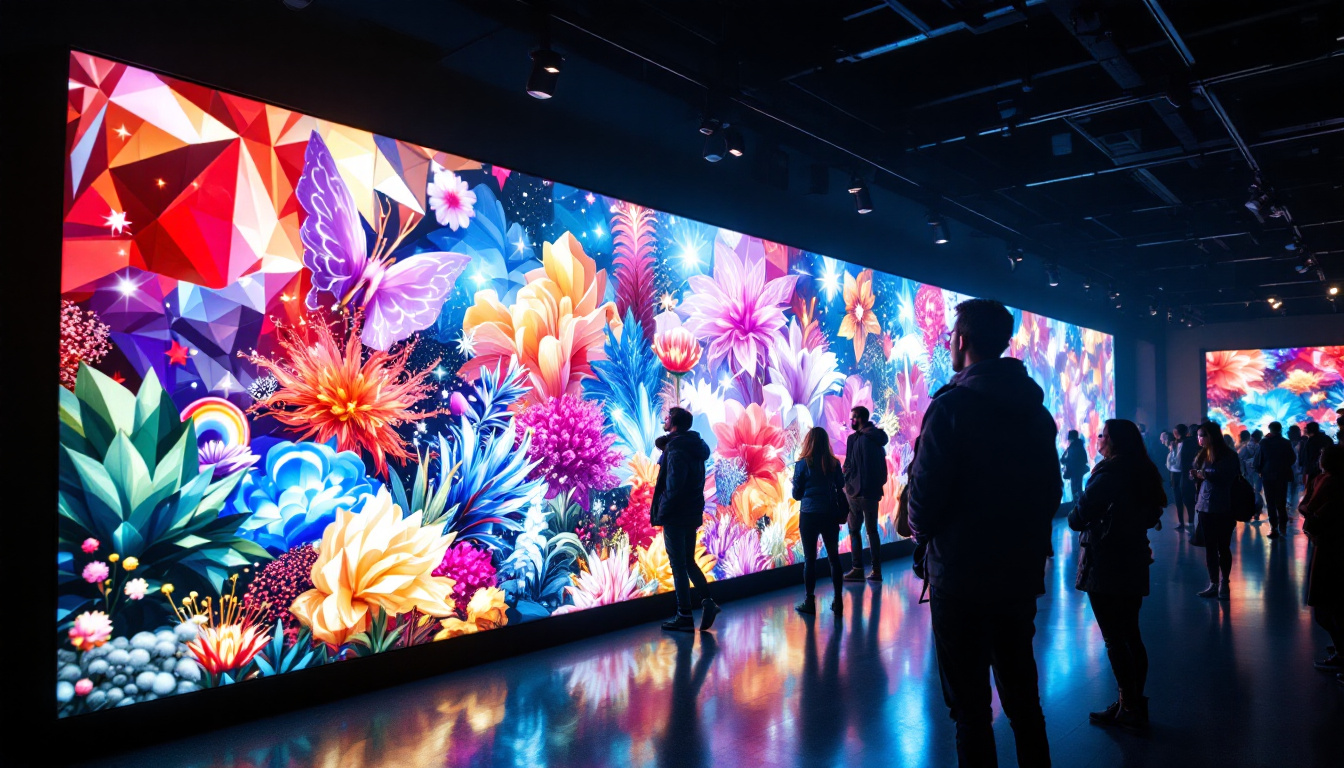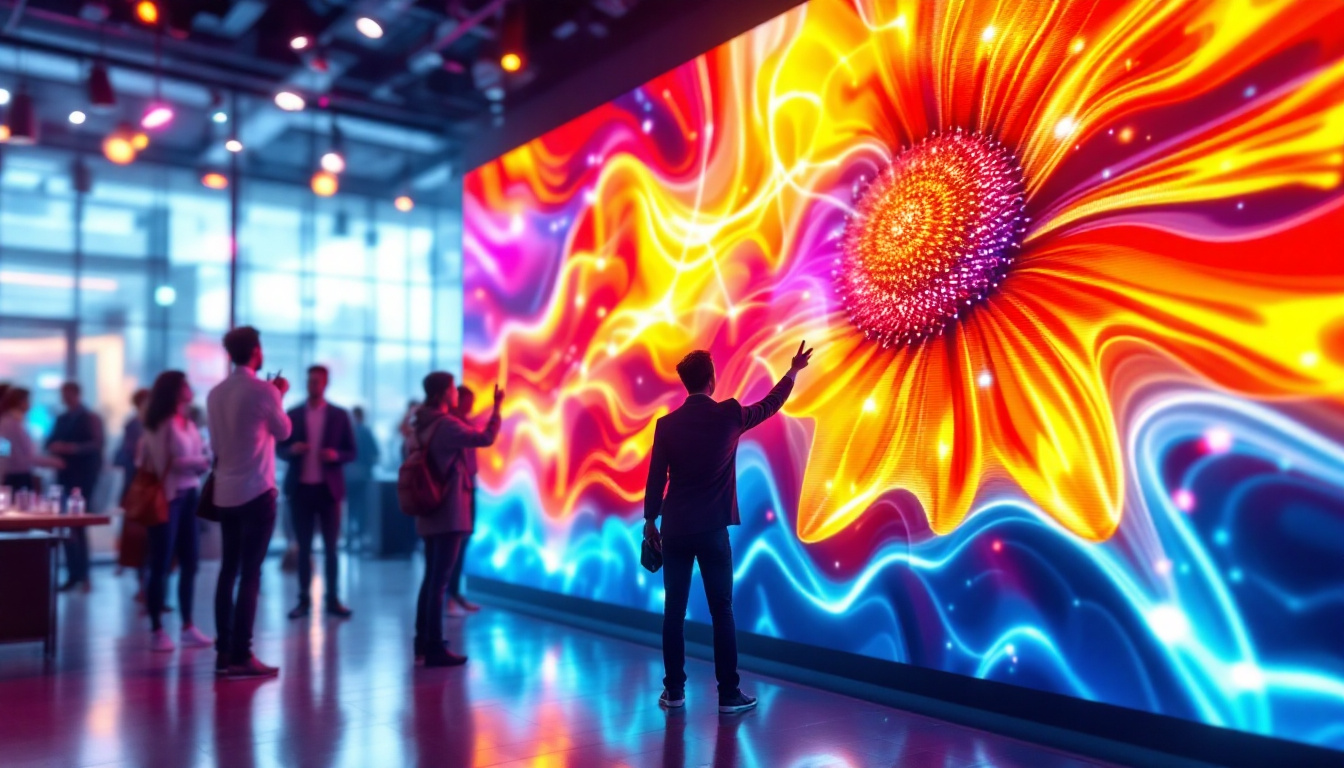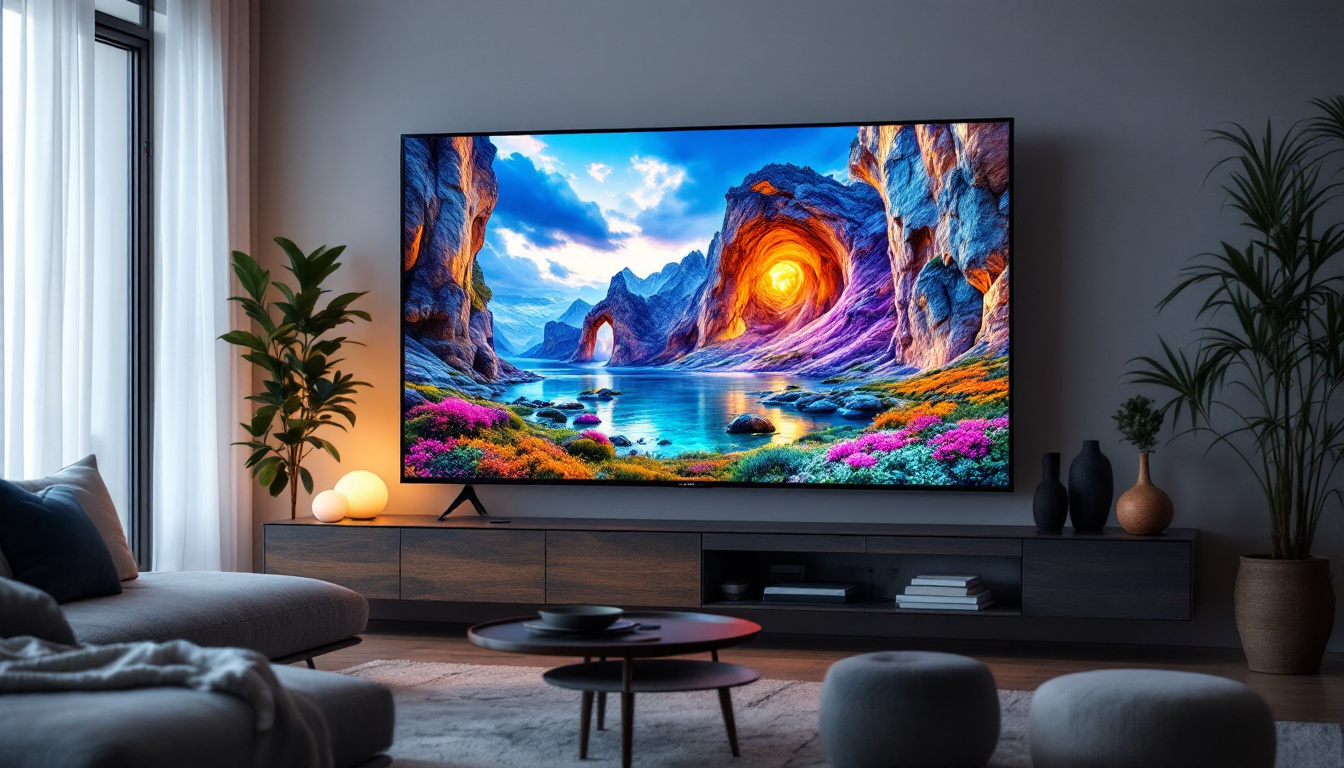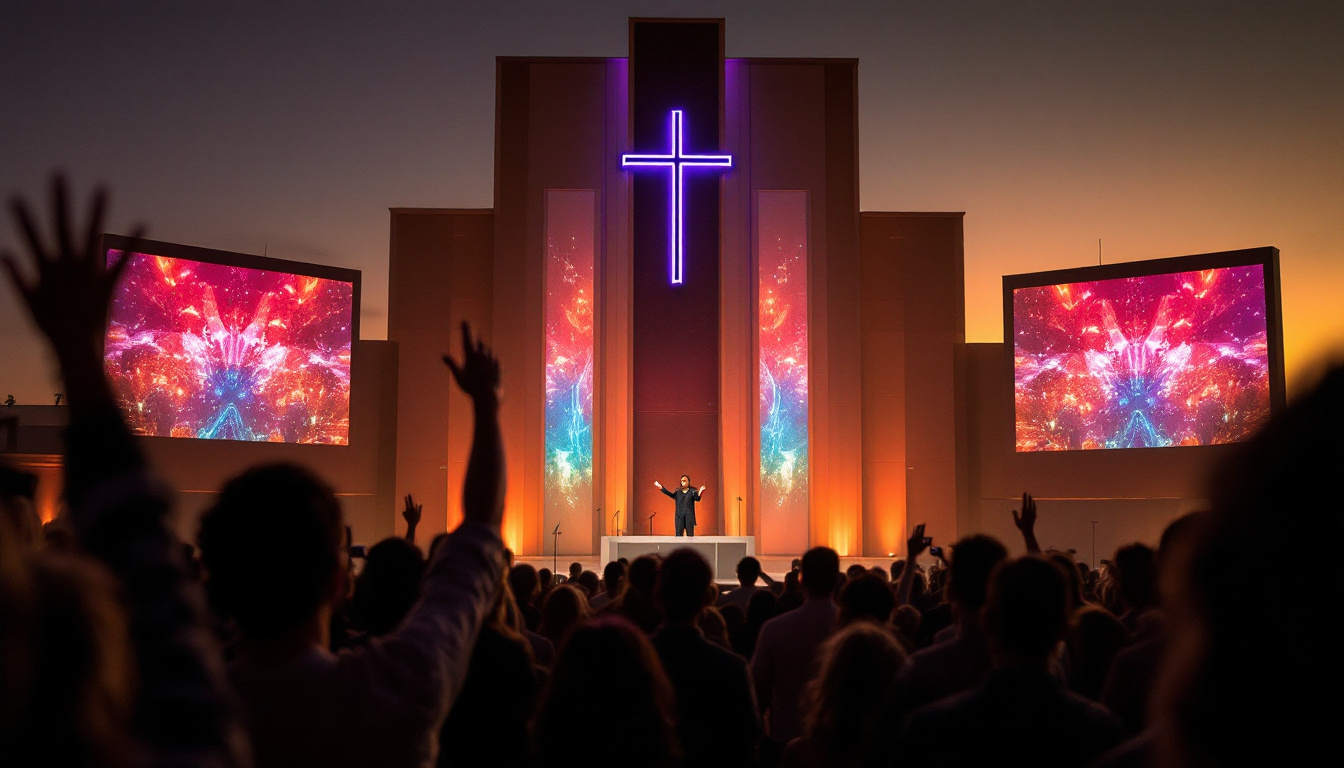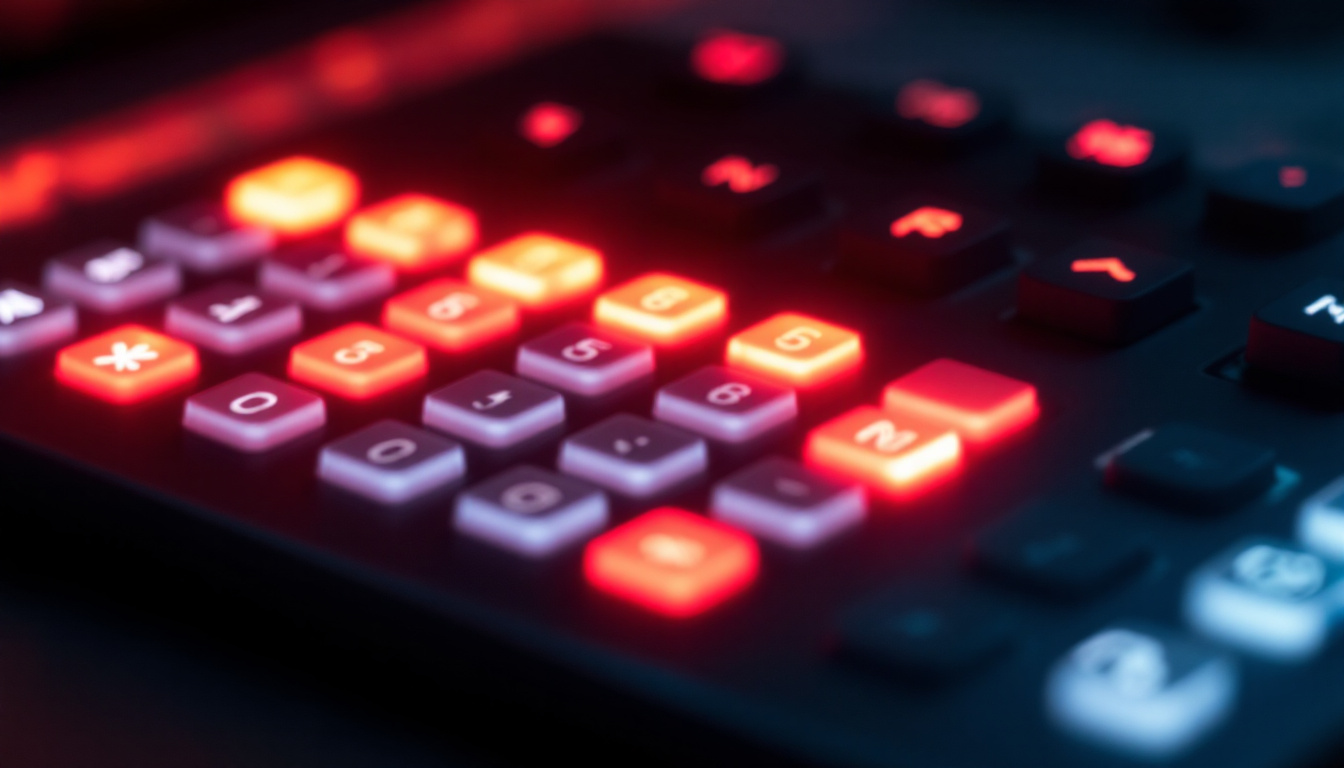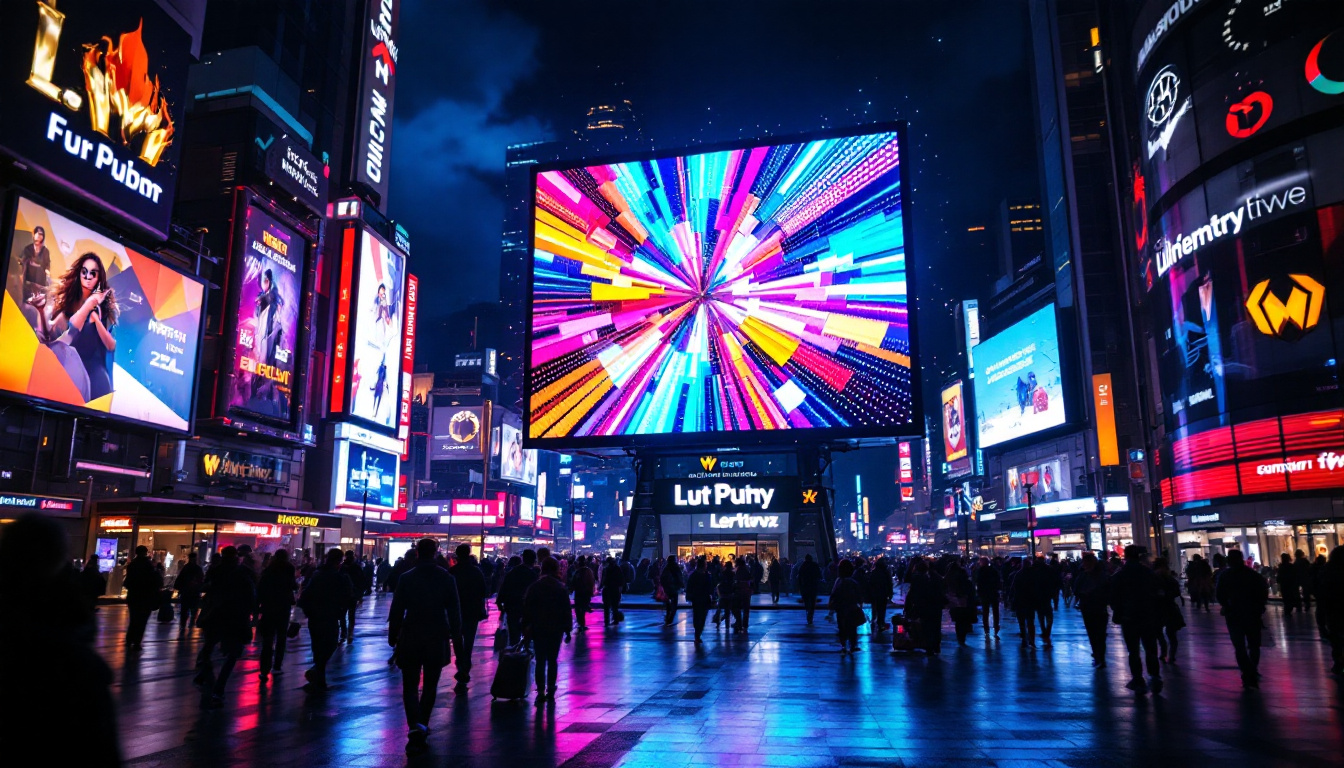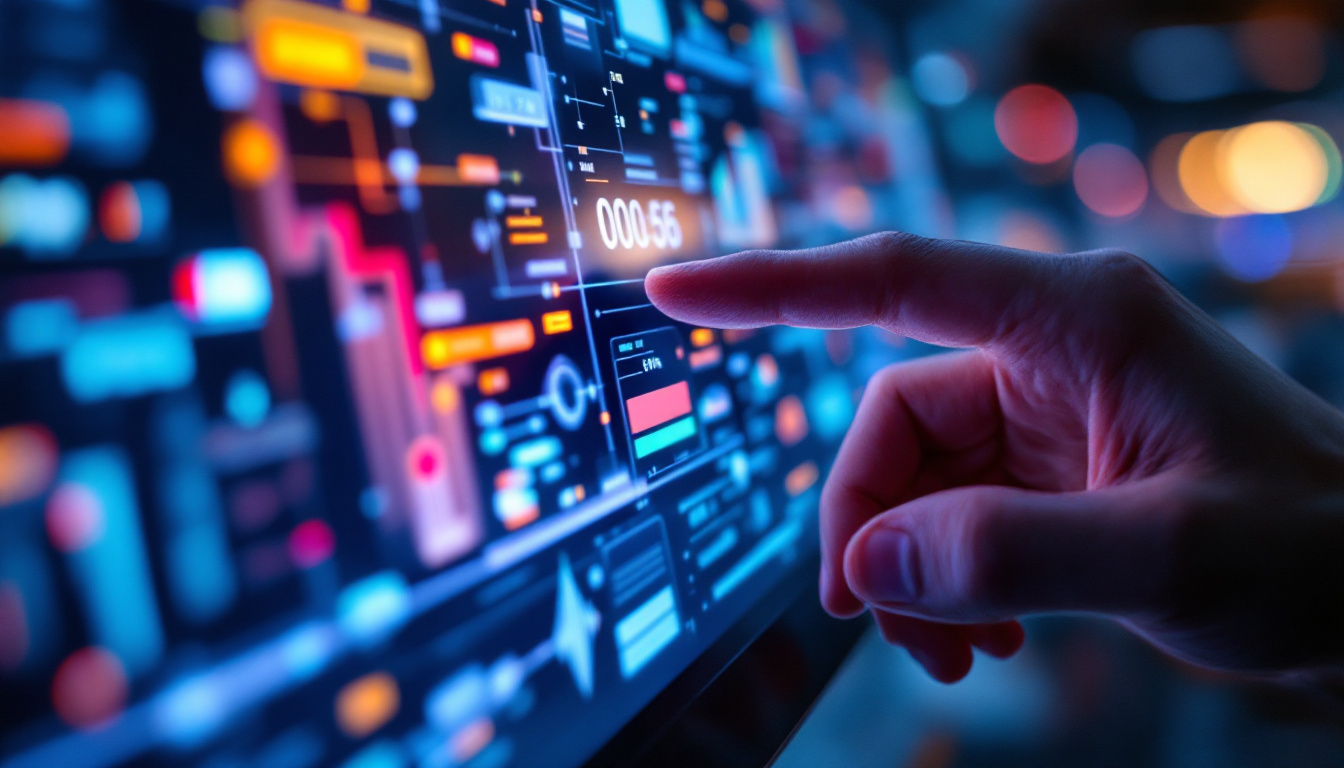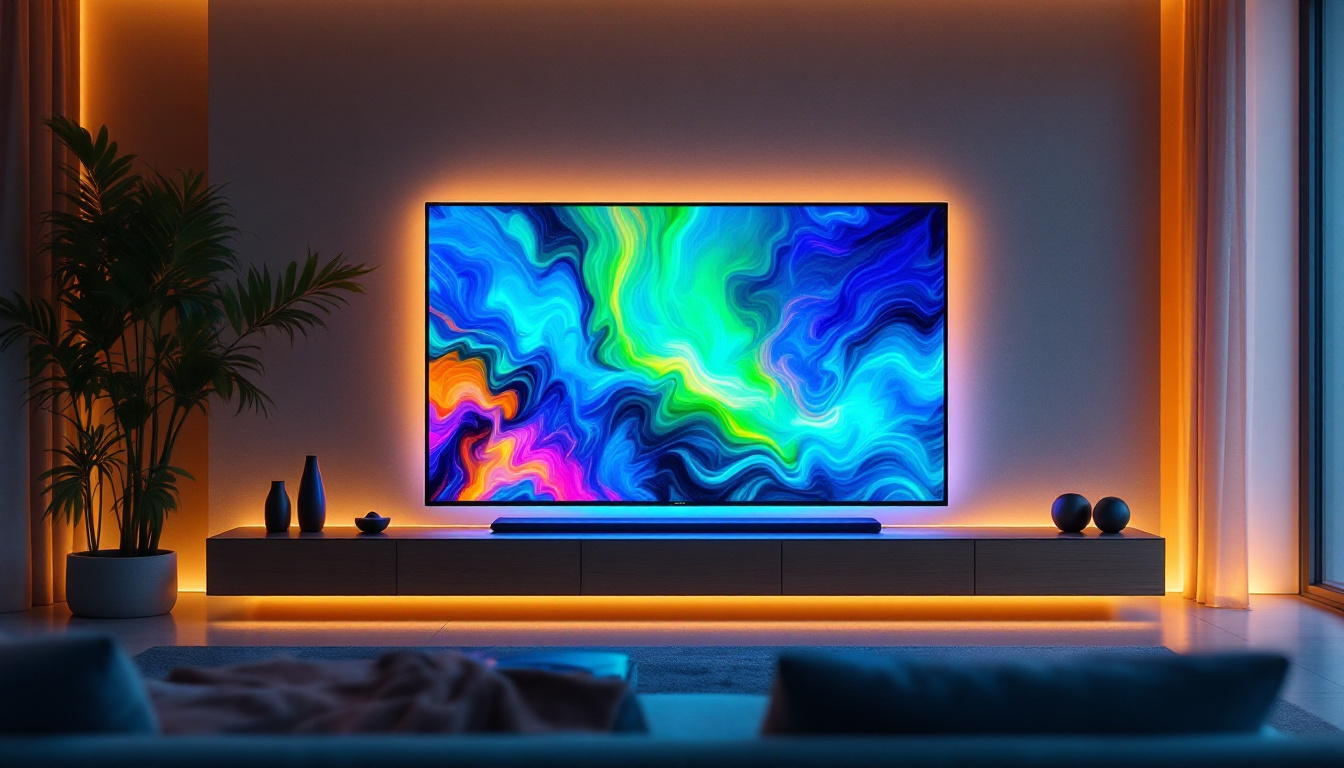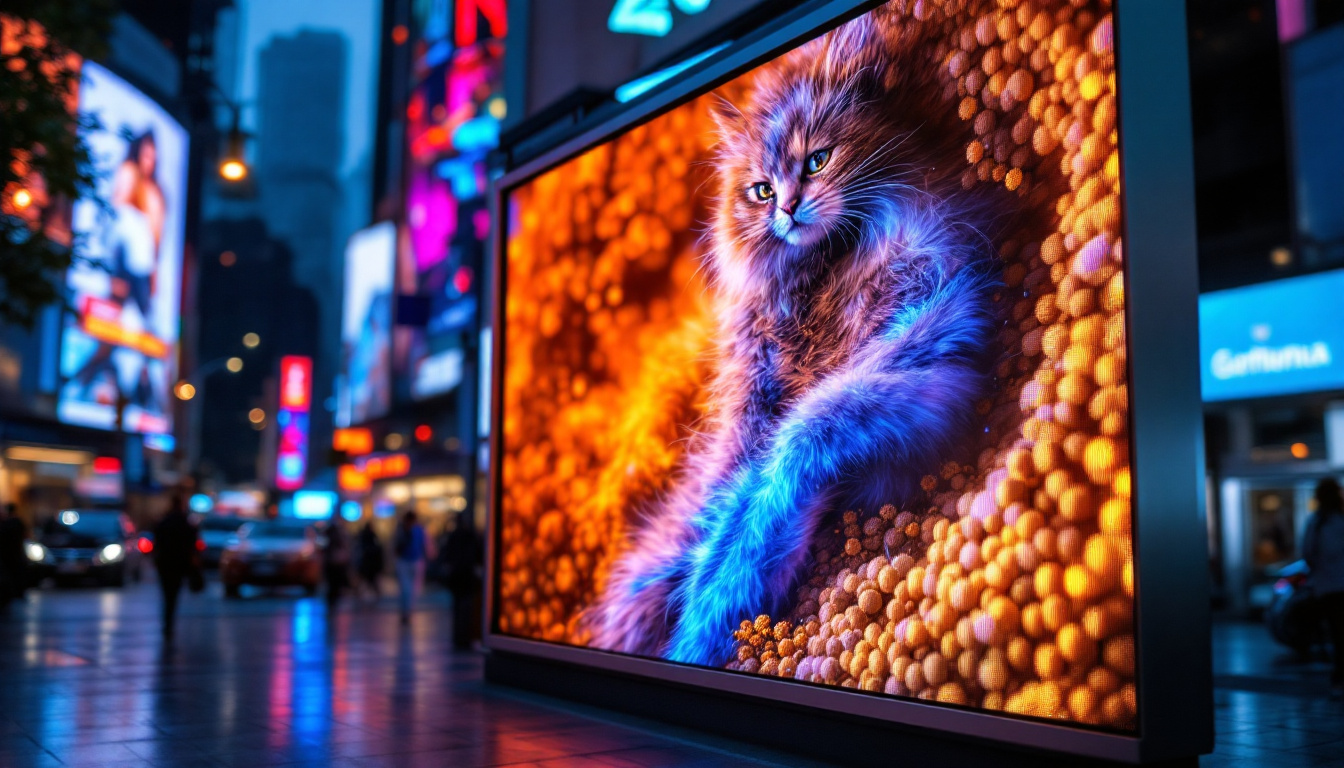In today’s fast-paced world, effective communication is crucial for businesses and organizations. Signage boards have evolved significantly over the years, with LED displays becoming a popular choice for conveying messages. This article will explore the intricacies of LED signage boards, their benefits, applications, and the technology behind them.
Understanding LED Signage Boards
LED signage boards are electronic displays that use light-emitting diodes (LEDs) to present information visually. They can display a variety of content, including text, images, and videos, making them versatile tools for communication. These boards are commonly used in retail, transportation, entertainment, and public spaces to attract attention and convey messages effectively. The ability to update content in real-time allows businesses and organizations to keep their messages fresh and relevant, enhancing customer engagement and interaction.
In addition to their dynamic content capabilities, LED signage boards are also known for their durability and resilience. Unlike traditional signage, which can fade or become damaged over time, LED boards are built to withstand various environmental conditions. This makes them an excellent choice for outdoor applications, where exposure to sunlight, rain, and wind can take a toll on less robust signage options. Furthermore, many LED boards come with protective features like weatherproofing and anti-glare technology, ensuring that they remain effective in all conditions.
What are LEDs?
Light-emitting diodes (LEDs) are semiconductor devices that emit light when an electric current passes through them. They are energy-efficient, long-lasting, and can produce a wide range of colors. This technology allows for bright, vibrant displays that can be seen from a distance, making them ideal for signage applications. The efficiency of LEDs also means they consume significantly less power than traditional incandescent bulbs, leading to lower energy costs and a reduced carbon footprint, which is increasingly important in today’s environmentally conscious society.
Moreover, the lifespan of LEDs can extend up to 50,000 hours or more, which translates to years of maintenance-free operation. This longevity not only reduces the need for frequent replacements but also minimizes waste, making LED technology a sustainable choice for businesses looking to invest in long-term signage solutions. As the technology continues to advance, we can expect even more innovations in LED design and functionality, further enhancing their appeal in various applications.
Types of LED Displays
LED displays come in various types, each suited for different applications. The most common types include:
- Single Color Displays: These displays show messages in one color, typically red or green. They are often used for simple notifications and alerts.
- Full-Color Displays: These advanced displays can show a wide range of colors, allowing for more dynamic content, including images and videos.
- Matrix Displays: These are made up of a grid of LEDs, enabling them to display complex graphics and animations.
In addition to these common types, there are also specialized LED displays designed for specific environments and uses. For instance, transparent LED displays are becoming popular in retail spaces, allowing businesses to showcase products while still maintaining visibility into the store. Similarly, flexible LED screens can be bent and shaped to fit unique architectural designs, providing creative solutions for advertising and branding. As technology progresses, the possibilities for LED signage continue to expand, offering innovative ways to communicate and engage with audiences.
Benefits of LED Signage Boards
LED signage boards offer numerous advantages over traditional signage methods. Their benefits extend beyond mere aesthetics, impacting functionality and effectiveness in communication.
Energy Efficiency
One of the most significant benefits of LED signage is energy efficiency. Compared to traditional neon or fluorescent signs, LED displays consume considerably less power. This not only reduces operational costs but also contributes to environmental sustainability. Additionally, the long lifespan of LED lights—often exceeding 50,000 hours—means that businesses can save on maintenance and replacement costs, further enhancing their cost-effectiveness in the long run.
High Visibility
LED displays are known for their brightness and clarity, making them visible even in direct sunlight. This high visibility ensures that messages reach a broader audience, enhancing the effectiveness of advertising and information dissemination. The ability to adjust brightness levels also allows for optimal visibility in various lighting conditions, ensuring that the signage remains effective day or night. Furthermore, the vibrant colors and sharp graphics of LED displays can capture attention more effectively than traditional signage, making them an ideal choice for high-traffic areas.
Dynamic Content
Unlike static signs, LED displays can showcase dynamic content that can be updated in real-time. This flexibility allows businesses to change their messages quickly, promoting special offers, events, or important announcements without the need for physical replacements. With the integration of software solutions, businesses can schedule content changes, ensuring that the right message is displayed at the right time. This capability not only enhances engagement but also allows for targeted advertising, as businesses can tailor their messages based on time of day, audience demographics, or even current events, maximizing the impact of their communications.
Cost-Effectiveness
In addition to energy savings, LED signage boards provide significant cost-effectiveness over time. The initial investment may be higher than traditional signage, but the reduced energy consumption and lower maintenance costs lead to substantial savings. Moreover, the ability to promote multiple messages on a single board eliminates the need for multiple static signs, further reducing costs associated with printing and installation. Businesses can also leverage LED signage for various purposes—from advertising to wayfinding—making it a versatile investment that can adapt to changing needs and marketing strategies.
Enhanced Customer Engagement
LED signage boards also play a crucial role in enhancing customer engagement. The dynamic nature of these displays allows businesses to create eye-catching animations and videos that can draw customers in and hold their attention longer than static signs. This interactive element can encourage passersby to stop and engage with the content, leading to increased foot traffic and potentially higher sales conversions. Additionally, incorporating social media feeds or user-generated content on LED displays can foster a sense of community and connection with the audience, making the signage not just a tool for communication, but also a platform for interaction and brand loyalty.
Applications of LED Signage Boards
The versatility of LED signage boards makes them suitable for various applications across different industries. Here are some notable uses:
Retail and Advertising
In the retail sector, LED signage boards are invaluable for attracting customers. They can display promotional messages, product information, and even social media feeds, creating an engaging shopping experience. Retailers often use these displays to highlight sales, new arrivals, and special events, drawing in foot traffic and increasing sales.
Transportation Hubs
Airports, train stations, and bus terminals utilize LED displays to provide real-time information to travelers. These boards can display arrival and departure times, gate information, and emergency alerts. The clarity and immediacy of LED signage improve the overall travel experience by keeping passengers informed.
Public Spaces and Events
LED signage boards are increasingly used in public spaces such as parks, stadiums, and concert venues. They can display event schedules, safety information, and entertainment content, enhancing the atmosphere and ensuring that attendees are well-informed. Additionally, these displays can be used to promote community events and initiatives, fostering a sense of connection among residents.
Technology Behind LED Displays
The technology that powers LED signage boards is continually advancing, leading to improved performance and capabilities. Understanding this technology can provide insights into how these displays function and what makes them effective.
Pixel Pitch
Pixel pitch refers to the distance between the centers of two adjacent pixels on an LED display. A smaller pixel pitch results in a higher resolution, allowing for clearer images and finer details. Choosing the right pixel pitch is essential for ensuring that the display meets the specific needs of its application, whether it is for close-range viewing or large-scale outdoor use.
Control Systems
LED displays are typically controlled by sophisticated software that allows users to manage content easily. This software can be integrated with various data sources, enabling real-time updates and dynamic content management. Many systems also offer remote access, allowing operators to change messages from anywhere, enhancing convenience and responsiveness.
Weather Resistance
For outdoor applications, LED signage boards must be designed to withstand various weather conditions. High-quality displays are built with weather-resistant materials and protective features to ensure longevity and reliability. This durability is crucial for maintaining visibility and functionality in rain, snow, or extreme temperatures.
Considerations When Choosing LED Signage Boards
When selecting LED signage boards, several factors should be considered to ensure that the chosen display meets the specific needs of the application.
Location and Environment
The location of the display plays a significant role in determining its specifications. Displays intended for outdoor use must be brighter and more robust than those used indoors. Additionally, the surrounding environment, such as nearby buildings or trees, can affect visibility and should be taken into account.
Content Requirements
Understanding the type of content that will be displayed is essential for choosing the right LED signage board. For example, if the display will primarily show text, a lower resolution may suffice. However, if images and videos are a significant part of the content, a higher resolution with a smaller pixel pitch will be necessary.
Budget and Return on Investment
Budget considerations are crucial when selecting LED signage boards. While high-quality displays may require a larger initial investment, their energy efficiency and long lifespan can lead to significant cost savings over time. Evaluating the potential return on investment (ROI) is essential for making an informed decision.
Future Trends in LED Signage
The LED signage industry is continually evolving, driven by technological advancements and changing consumer preferences. Several trends are shaping the future of LED displays.
Smart Signage
As technology advances, the concept of smart signage is gaining traction. These displays can integrate with IoT devices, allowing for personalized content based on real-time data. For example, smart signage can adjust its messaging based on weather conditions, time of day, or audience demographics, providing a more tailored experience for viewers.
Interactive Displays
Interactive LED displays are becoming increasingly popular, allowing users to engage with the content directly. Touchscreen capabilities, gesture recognition, and augmented reality features can create immersive experiences that captivate audiences. This interactivity can enhance brand engagement and improve customer satisfaction.
Eco-Friendly Innovations
As sustainability becomes a priority for many businesses, eco-friendly innovations in LED signage are emerging. Manufacturers are focusing on creating displays with recyclable materials and energy-efficient technologies. These advancements not only reduce the environmental impact but also appeal to consumers who prioritize sustainability in their purchasing decisions.
Conclusion
LED signage boards represent a significant advancement in visual communication, offering numerous benefits and applications across various industries. Their energy efficiency, high visibility, and ability to display dynamic content make them an essential tool for businesses and organizations looking to engage their audiences effectively. As technology continues to evolve, the future of LED signage promises even more exciting innovations, ensuring that these displays remain at the forefront of communication strategies.
Investing in LED signage boards can enhance brand visibility, improve customer engagement, and ultimately drive business success. Understanding the technology, benefits, and trends associated with LED displays is crucial for making informed decisions in an increasingly competitive landscape.
Discover the Future of Visual Communication with LumenMatrix
Ready to elevate your brand’s presence and captivate your audience with the most advanced LED display technology? Look no further than LumenMatrix. Our comprehensive range of solutions, from Indoor and Outdoor LED Wall Displays to innovative LED Sports and Transparent Displays, is designed to create immersive visual experiences that resonate with viewers. Embrace the power of dynamic, energy-efficient LED signage and join the revolution in visual communication. Check out LumenMatrix LED Display Solutions today and see your message come to life with unparalleled clarity and impact.

